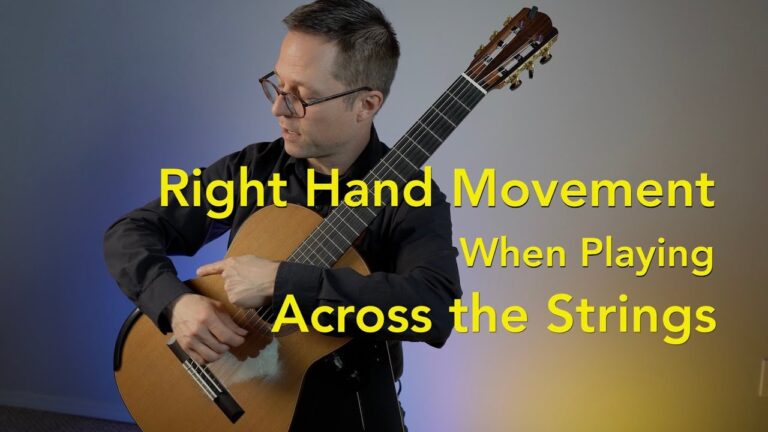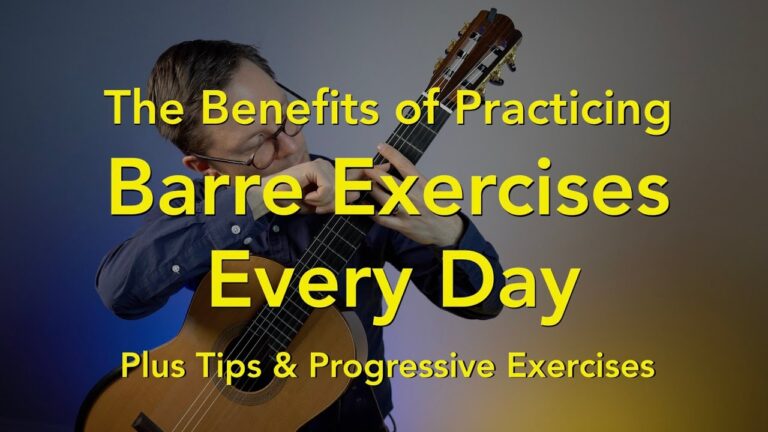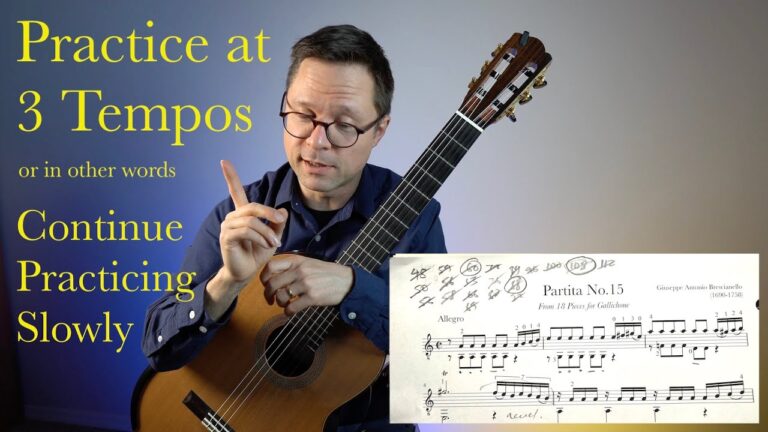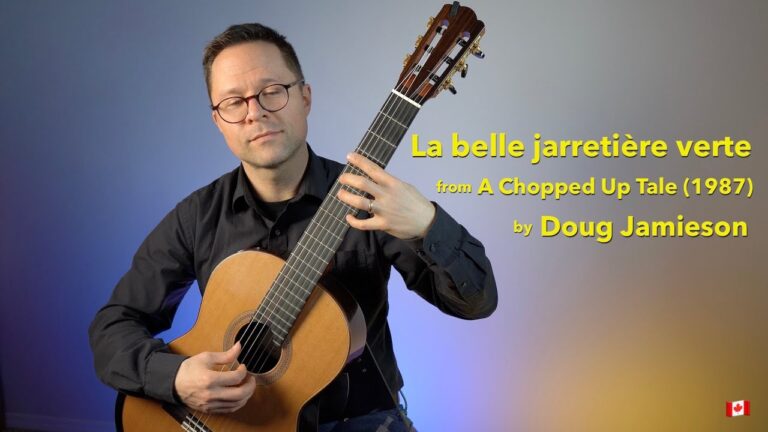Lección No.61, Book 1, by Julio Sagreras (1879–1942). Free PDF sheet music for Classical Guitar with video lesson and performance. From his 1st method Las Primeras Lecciones de Guitarra. Late-Beginner or Easy-Intermediate (Post-Method Book Volume 1). PDF download.
My Free PDF Sheet Music
This is a great little work for students who have either finished my Volume 1 Method Book or have just started my Volume 2 method. I’ll eventually be including this work in a free supplemental repertoire collection so look for that in the future. Julio Salvador Sagreras (22 November 1879 – 20 July 1942) was an Argentine guitarist, pedagogue, and composer. His many lessons are contained in a multi-volume method book that includes numerous studies. Here’s my Youtube Lesson Link if you want to watch it there.
Regarding rest strokes with the p finger: Although Sagreras suggests rest strokes with the p finger, I play this work with all free stroke. I recommend you practice the piece with rest strokes on the p finger occasionally to get the feel of a deeper stroke on that string and to gain the skill but for maximum legato I perform it with free stroke.





I am struggling to reconcile how it sounds with the rhythm that is written. Most bars seem to have notes adding up to 5 crotchets – sometimes 4, never 3. But the time signature says it should be 3. Can you explain what is going on please?
So there are three quarter note beats per measure. There can be be many notes per measure but they get grouped into three beats. When notes are stacked on top of one another they are part of the same beat. Have you worked through method books before? They can help to understand this concept.